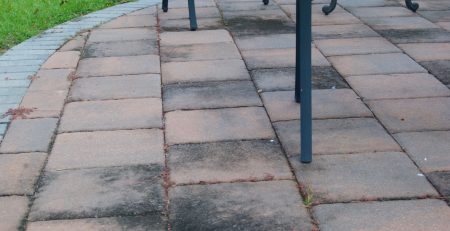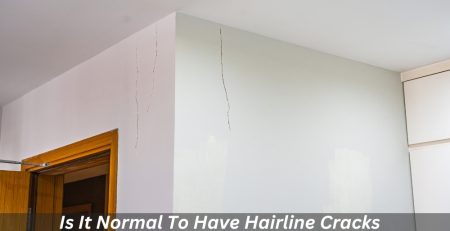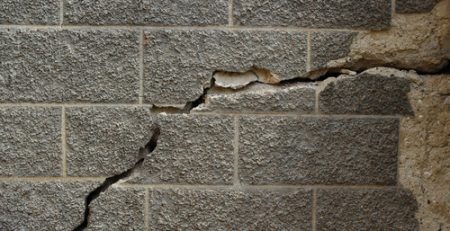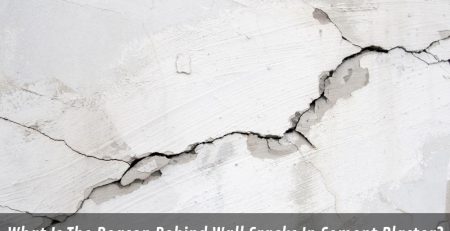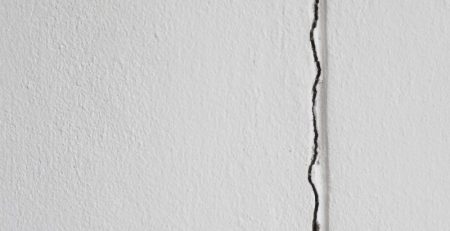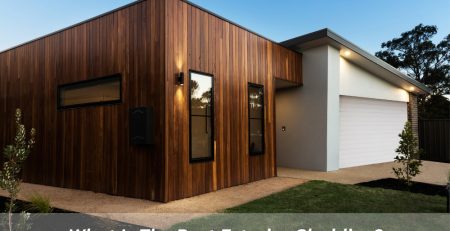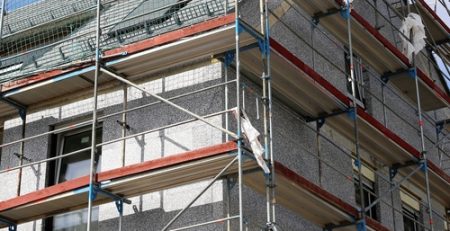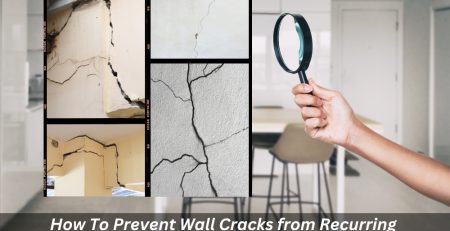Is There A Maximum Recommended Thickness For Acrylic Render?
Acrylic render, a popular choice for modern homes in Sydney, adds a touch of sophistication and durability to your exterior walls. But when it comes to application, a common question arises: is there a limit to how thick you can go? Understanding acrylic render thickness is crucial for achieving a stunning, long-lasting finish on your property.
Why does acrylic render thickness matter?
The thickness of your acrylic render application plays a significant role in both the performance and appearance of the finished product. Here’s why:
- Durability: A properly applied render with the right thickness creates a strong, weatherproof barrier for your walls. Too thin, and it might not be able to withstand harsh weather conditions or impacts. Too thick, and it risks cracking as it dries and cures.
- Cracking: Uneven or excessive thickness is a major culprit behind unsightly cracks in acrylic render. Following the recommended application depths helps minimise this issue.
- Aesthetics: The desired final look of your render also influences thickness. A smooth finish typically requires a thinner application compared to a textured render that adds depth and character.
What is the advisable thickness for acrylic rendering?
There isn’t a one-size-fits-all answer to the ideal thickness for acrylic rendering. It depends on several factors that influence both performance and aesthetics. Here’s what you need to consider when determining the advisable thickness for your project:

- Desired finish: A smooth render typically requires a thinner application (around 2-3mm) compared to a textured render that adds depth and character (often ranging from 3-10mm).
- Surface condition: Uneven walls or cracks might necessitate a slightly thicker render (up to 10mm) to achieve a level finish. However, for extremely uneven surfaces, addressing the underlying issue before rendering might be necessary.
- Manufacturer’s recommendations: Different acrylic render products might have specific thickness guidelines. Always refer to the manufacturer’s instructions for the product you’re using. They’ll provide details based on the desired finish and product properties.
- Climate and weather: In hotter climates or areas with high humidity, a slightly thinner application (around 2-3mm) might be advisable to prevent excessive drying and cracking.
Remember: It’s generally better to apply multiple thinner coats rather than a single thick coat. This ensures proper drying and bonding between layers, minimising the risk of cracking and achieving a more durable finish.
When should you consider acrylic render thickness?
There are several situations where the thickness of your acrylic render becomes an important consideration:
- New application vs. repairs: For new applications, you’ll likely be following the manufacturer’s recommendations for a single coat or a base coat followed by a top coat. Repairs might require a thicker application to fill in uneven surfaces or cracks.
- Desired textured finish: A desired textured finish like stucco or pebble dash requires a thicker render compared to a smooth finish, allowing for the creation of unique patterns and enhanced visual appeal. This is another acrylic rendering advantage that can add depth and character to your home’s exterior.
- Covering uneven surfaces: Uneven walls might necessitate a thicker render application to achieve a level finish. However, extremely uneven surfaces might be better addressed by addressing the underlying issue before applying render.
Pro Tip: Always refer to the manufacturer’s recommendations for the specific acrylic render product you’re using. They’ll provide specific thickness guidelines based on the product and desired finish.
What are the consequences of applying acrylic render too thick?
Applying acrylic render that’s too thick can lead to several unwanted outcomes:
- Increased risk of cracking: As the thicker layer dries unevenly, it puts stress on the render, significantly increasing the chance of unsightly cracks in a house wall appearing.

- Sagging and detachment: Excessive weight from a thick application can cause the render to sag or even detach from the wall, especially on ceilings or overhangs.
- Longer drying times: The longer drying time needed for a thick coat can disrupt your project schedule and potentially expose the uncured render to moisture or other damaging elements.
- Wasted material: Applying more render than necessary is simply a waste of product and money.
Which tools help you achieve consistent acrylic render thickness?
Achieving a consistent thickness throughout your acrylic render application is crucial for optimal performance and aesthetics. Here are some helpful tools:
- Trowel: A good quality stainless steel trowel is essential for smooth application and achieving consistent thickness. Choose a trowel size appropriate for the scale of your project.
- Gauges: Gauges, also known as combs or rakes, are used to create specific textured finishes and ensure consistent thickness for textured renders. They come in various thicknesses to match your desired final look.
- Spirit level: A spirit level helps ensure your render application is level, especially important for achieving a flat and even finish.
Mastering the technique: It’s important to develop a proper application technique for achieving consistent thickness. Here are some tips:
- Start with a pre-mixed render: Pre-mixed acrylic render is easier to control for thickness compared to mixing your own.
- Work in sections: Apply the render in manageable sections, focusing on achieving a uniform layer throughout each section before moving on.
- Use the gauge consistently: Hold the gauge against the wall as you apply the render, ensuring the trowel glides smoothly along it to maintain the desired thickness.
- Maintain a consistent pressure: Apply even pressure as you spread the render with the trowel. Varying pressure can lead to uneven thickness.
Who can help you determine the right thickness for your project?
For larger projects or if you’re unsure about the ideal thickness for your specific situation, seeking professional help is recommended. Here are some options:
- Render applicators: Experienced applicators can assess your wall condition, and desired finish, and recommend the appropriate thickness and application method.
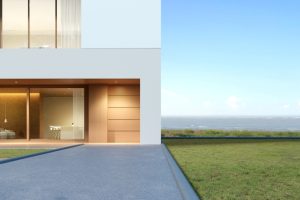
- Contractors: If your project involves other renovations alongside rendering, a contractor can coordinate the entire process and ensure the render application adheres to best practices.
Consulting a professional can save you time, and money, and ensure a beautiful, long-lasting acrylic render finish for your home.
Conclusion
Understanding the importance of proper acrylic render thickness is essential for achieving a successful outcome. By considering the factors that influence thickness, using the right tools and techniques, and potentially seeking professional guidance, you can ensure your render application is both functional and aesthetically pleasing. A well-applied acrylic render adds value and beauty to your home while protecting it from the elements for years to come.
Don’t compromise, get it right: Jims Rendering Sydney
Envision a fresh, modern look for your home’s exterior. Let Jims Rendering Sydney make it a reality!
We specialise in applying high-quality acrylic render that transforms your home’s exterior. Not only will it boost your curb appeal, but it will also provide superior protection against the elements.
Imagine a stunning and long-lasting acrylic finish you’ll love for years to come. Let us help you achieve this vision by discussing your ideas, answering your questions, and guiding you through the entire process.
Don’t settle for anything less than the perfect look and protection for your home. Choose Jims Rendering Sydney and get it right the first time! Contact us today for a free quote and consultation.



